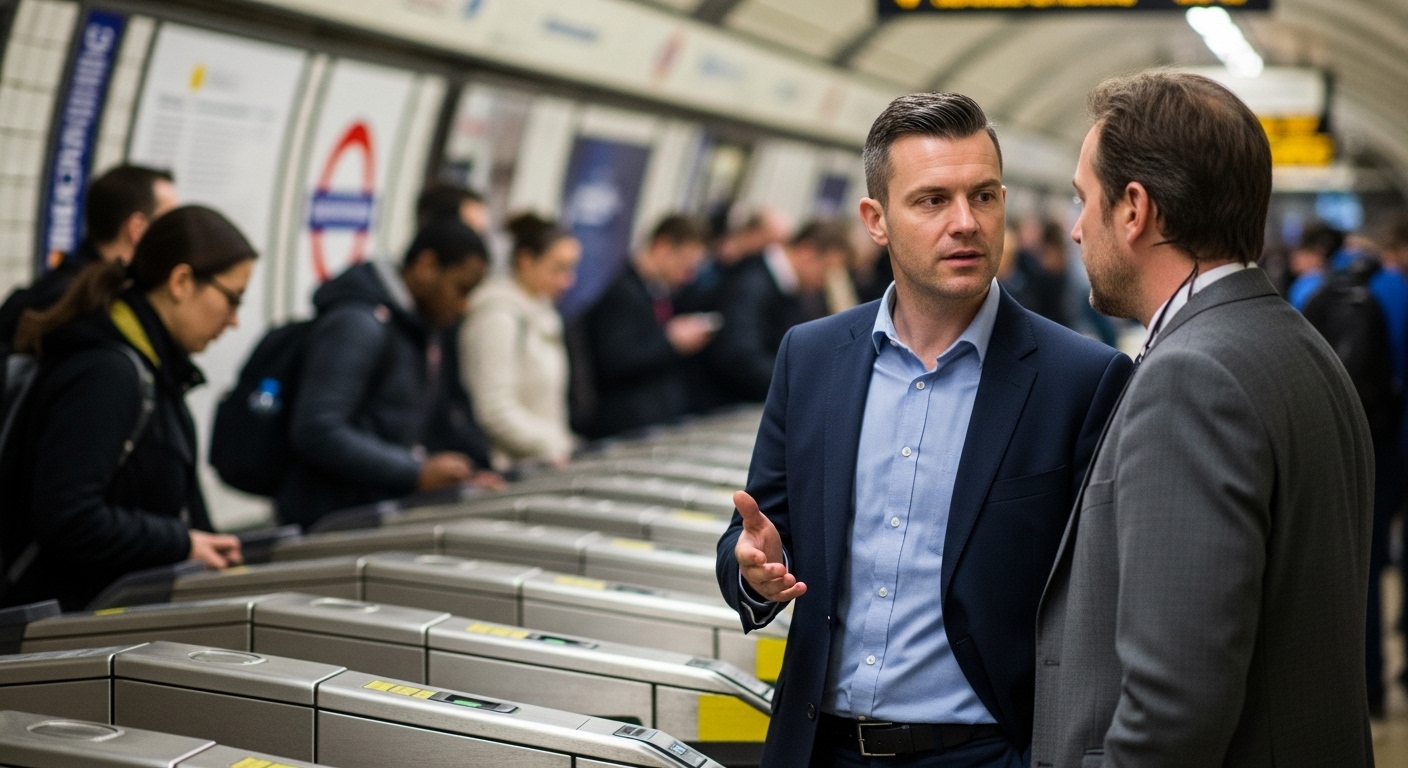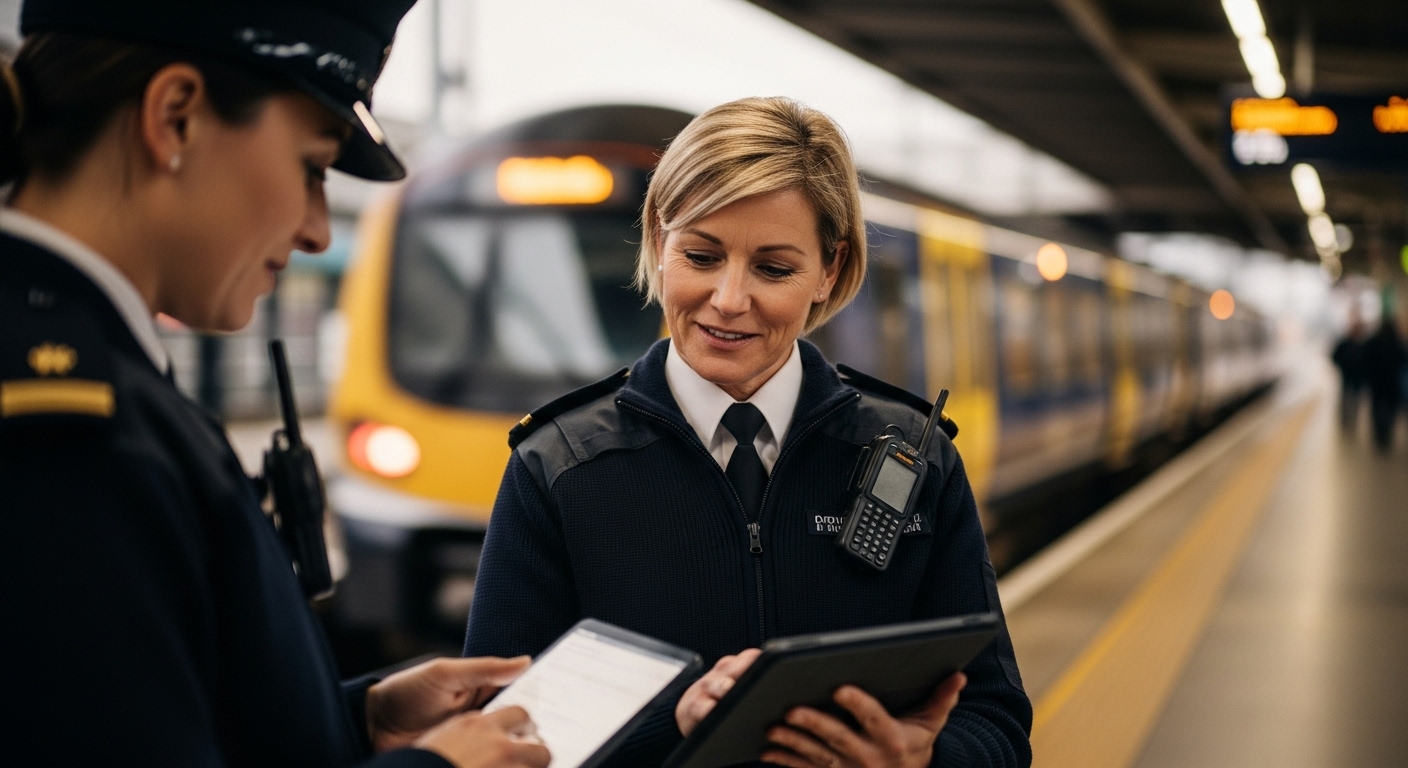How Does TfL Catch Fare Evaders?

How Does TfL Catch Fare Evaders?
Transport for London (TfL) has significantly ramped up its battle against fare evasion in 2025, deploying an arsenal of sophisticated technology and enforcement strategies. With fare evasion costing the network millions in lost revenue annually, questions such as “How does TfL catch fare evaders?” have become increasingly common as TfL unveils ambitious plans to halve fare evasion across all its services through a combination of data analytics, targeted enforcement, and improved infrastructure.
The Irregular Travel Analysis Platform: TfL’s Digital Detective

At the heart of TfL’s enforcement strategy is the Irregular Travel Analysis Platform (ITAP), a sophisticated analytical tool that processes vast amounts of journey and ticketing data. This platform examines patterns from contactless payment cards, Oyster cards, concession passes, and travel behaviour to identify potential fare evaders.
ITAP’s strength lies in its ability to spot anomalies that human inspectors might miss. By analysing millions of journeys, the system can flag suspicious patterns such as consistently incomplete journeys, unusual tap-in and tap-out behaviours, or misuse of concessionary travel passes. This data-driven approach allows TfL to optimise enforcement efforts by directing resources where they’re most needed.
Advanced Data Analysis and Anonymised Tracking
TfL has implemented advanced data analysis techniques that use anonymised tokenised tracking to identify high-risk behaviour patterns. This approach respects privacy while still enabling effective enforcement—personal information is only accessed when necessary for follow-up action. The system can track repeat offenders without immediately revealing their identities, allowing TfL to build comprehensive cases against persistent fare evaders before taking action.
The platform also enables TfL to monitor emerging fare evasion trends in real-time, allowing the organisation to respond quickly to new tactics or spikes in evasion on specific routes or services. This agility is crucial in staying ahead of fare evaders who continuously adapt their methods.
A Professional Investigation Team

Supporting the technology is an expanded team of professional investigators dedicated to tracking and catching persistent offenders. TfL has prioritised targeting frequent evaders who cost the network the most money, rather than spreading resources thinly across all offences.
These investigators maintain registers of repeat offenders, helping to prioritise enforcement actions and potential prosecutions. The team also conducts intelligence-gathering on social media to spot serial offenders and coordinates with police for more serious cases requiring prosecution.
Combining Digital and Physical Evidence
One of TfL’s most effective strategies is combining CCTV footage with journey data to pinpoint offenders responsible for the greatest revenue loss. This dual approach provides robust evidence for enforcement actions, making it much harder for fare evaders to dispute penalties or prosecutions. The combination of digital records showing incomplete journeys alongside video evidence of someone bypassing gates creates a compelling case.
Over 500 Uniformed Officers on the Network

TfL has deployed over 500 uniformed enforcement officers across its network, with an increased number of accredited officers who have the power to refuse entry or remove people from services. These officers are strategically positioned in high-risk locations identified through data analysis.
The enforcement approach is intelligence-led and operates in real-time, allowing resources to be allocated dynamically where they’re most needed. Officers can potentially intercept known offenders before or during travel, rather than simply reacting after the fact.
Targeted Interventions and Mode-Specific Tactics
TfL has recognised that different transport modes require different enforcement approaches. The organisation has developed tailored tactics for the Tube, Elizabeth Line, Overground, and bus services, acknowledging that fare evasion methods vary across these networks. For instance, gate-pushing remains a significant issue on the Underground, while buses face different challenges.
Targeted interventions also include focusing on known methods and hotspots, with enforcement officers concentrating their efforts where data shows evasion is most prevalent.
Improved Infrastructure: Upgrading the Gates

Technology and personnel are only part of the solution. TfL has also invested in improved gate security, particularly upgrading wide-aisle gates, which are frequent targets for fare evaders. These physical improvements make it harder to bypass the system in the first place, reducing the burden on enforcement officers and technology.
Warning Campaigns and Deterrence
Beyond catching fare evaders, TfL is working to deter fare evasion before it happens. The organisation has implemented tailored email campaigns warning suspected offenders of the penalties they face. These campaigns use data from ITAP to identify likely evaders and send them direct warnings about the consequences of continued non-payment.
This proactive approach aims to change behaviour before enforcement action becomes necessary, potentially saving both TfL and fare evaders from the costs and complications of formal proceedings.
The Bottom Line: How Does TfL Catch Fare Evaders?

TfL’s comprehensive strategy represents a significant shift from traditional enforcement methods. By combining sophisticated data analysis, targeted human resources, improved infrastructure, and deterrent messaging, the organisation has created a multi-layered approach to fare evasion that’s both more effective and more efficient than previous methods.
The success of these measures will ultimately be judged by whether TfL achieves its goal of halving fare evasion. For honest fare-payers who bear the cost of others’ evasion through higher fares, and for a transport network that needs every penny of revenue to maintain and improve services, the stakes couldn’t be higher.
Notice: Informational Content Disclaimer
The content provided on this website, including articles, blog posts, and other informational materials, is intended for general informational purposes only. It is not intended as, and should not be considered, legal advice.
Visitors to this website should be aware that the information presented here is not a substitute for seeking legal advice from a qualified solicitor or legal professional. Each individual's legal situation is unique, and the information provided may not be applicable to specific circumstances.
If you require legal advice or have specific legal questions, we encourage you to contact us directly. Our experienced team of solicitors is here to assist you with your legal needs and provide tailored advice to address your concerns.
Please be advised that any communication through this website, including the use of contact forms or email, does not create a solicitor-client relationship. Confidential or time-sensitive information should not be sent through this website. To establish a solicitor-client relationship and discuss your legal matters in detail, please contact us for a consultation.
We strive to provide accurate and up-to-date information, but we make no representations or warranties regarding the accuracy, completeness, or suitability of the information contained on this website. We shall not be liable for any reliance placed on the information provided herein.
Thank you for visiting our website. We look forward to the opportunity to assist you with your legal needs.




